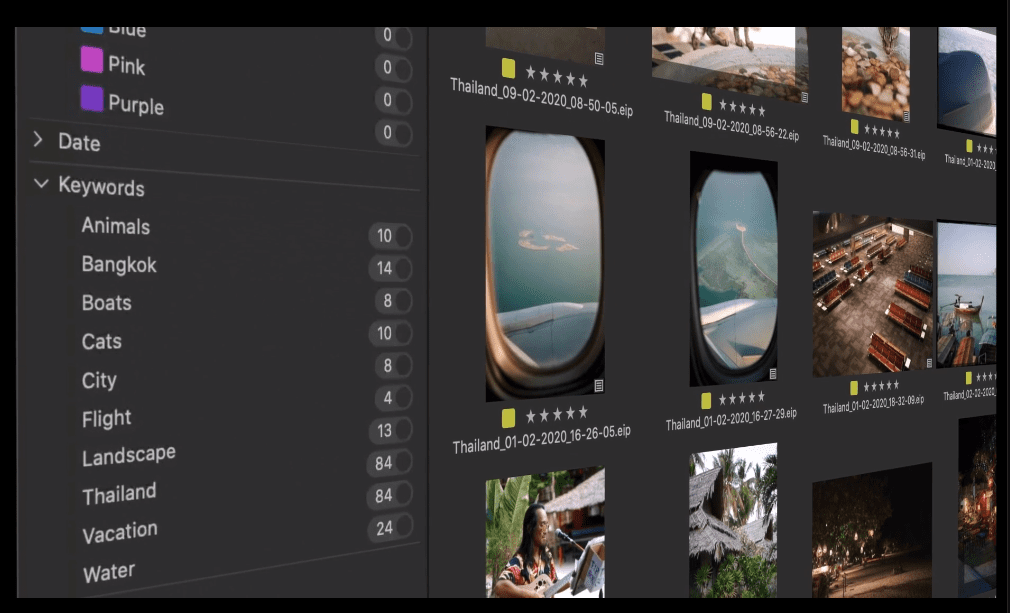In a digital world, we rarely have to wait. Our pictures are available instantly after we take them. There’s little time for anticipation or surprise.
But long exposures take time.
The slow shutter speeds required for long exposures often translate moving elements within a frame into beautiful patterns of unpredictable blur. Water takes on an ethereal quality. Car lights turn into bright lines of red and white. Long exposure photography is full of surprises!
Your camera is likely to be perfectly suited for long exposures, which I will define as images captured with shutter speeds of 1 second or longer. Because you often want stationary subjects to render sharp in the image, a sturdy tripod will insure this sharpness. But of course there are no rules. For the plane image I held my Nikon D2X tight to the airplane window and held my breath. You can spin around while zooming and see what you get. No rules, just fun and hopefully magical results.
I generally like to shoot on Aperture Priority, with an f-stop or 5.6 or 8 as a starting point. ISO is usually at the lowest number for maximum dynamic range. Then I let the camera handle the exposure and it usually nails it. Because I shoot RAW I have some latitude for exposure error and I monitor the histogram which tells me if exposure compensation or making the picture lighter or darker will render best results.
In the film days, long exposures had a reciprocity factor that you needed to figure out to get the best exposure. We don’t have to worry about reciprocity with digital cameras but there is a feature Nikon cameras have that will improve quality.
The Long Exposure Noise Reduction option performs a specific type of noise reduction common to long exposures that can’t be duplicated in post-processing.

When it’s turned on and your exposure is longer than a second, the camera takes the actual photo with mirror and shutter open, then it takes a second “dark” photo with mirror and shutter closed for a similar length of time.
<a href=”http://www.flickr.com/photos/33766720@N00/9564059122/” title=”5-3s (1) by SteveSimon1, on Flickr”><img src=”http://farm8.staticflickr.com/7389/9564059122_d562caee57_o.jpg” width=”402″ height=”600″ alt=”5-3s (1)”></a>
Nikon 1, f8 @ 3 seconds, 30-110mm zoom. Photo, Steve Simon
If you want a semi-scientific explanation of what it’s doing, here it is. This second image creates a signal from electronic noise according to pixel location. It then subtracts the noise generated from the second photo by pixel location from the first. You can’t mimic this in software because it’s temperature related and specific to that temperature in that moment in time.
The downside is it almost doubles your exposure time and you can’t shoot until the process is complete. You will see the message “JOB NR” appear during that second “dark” exposure.
Long Exposure Noise Reduction is located in your Shooting Menu on Nikon DSLR’s. With some models, a double Press of the Info Button or pressing the “I” button will shortcut you there. Turn it off when you’re not shooting long exposures.












